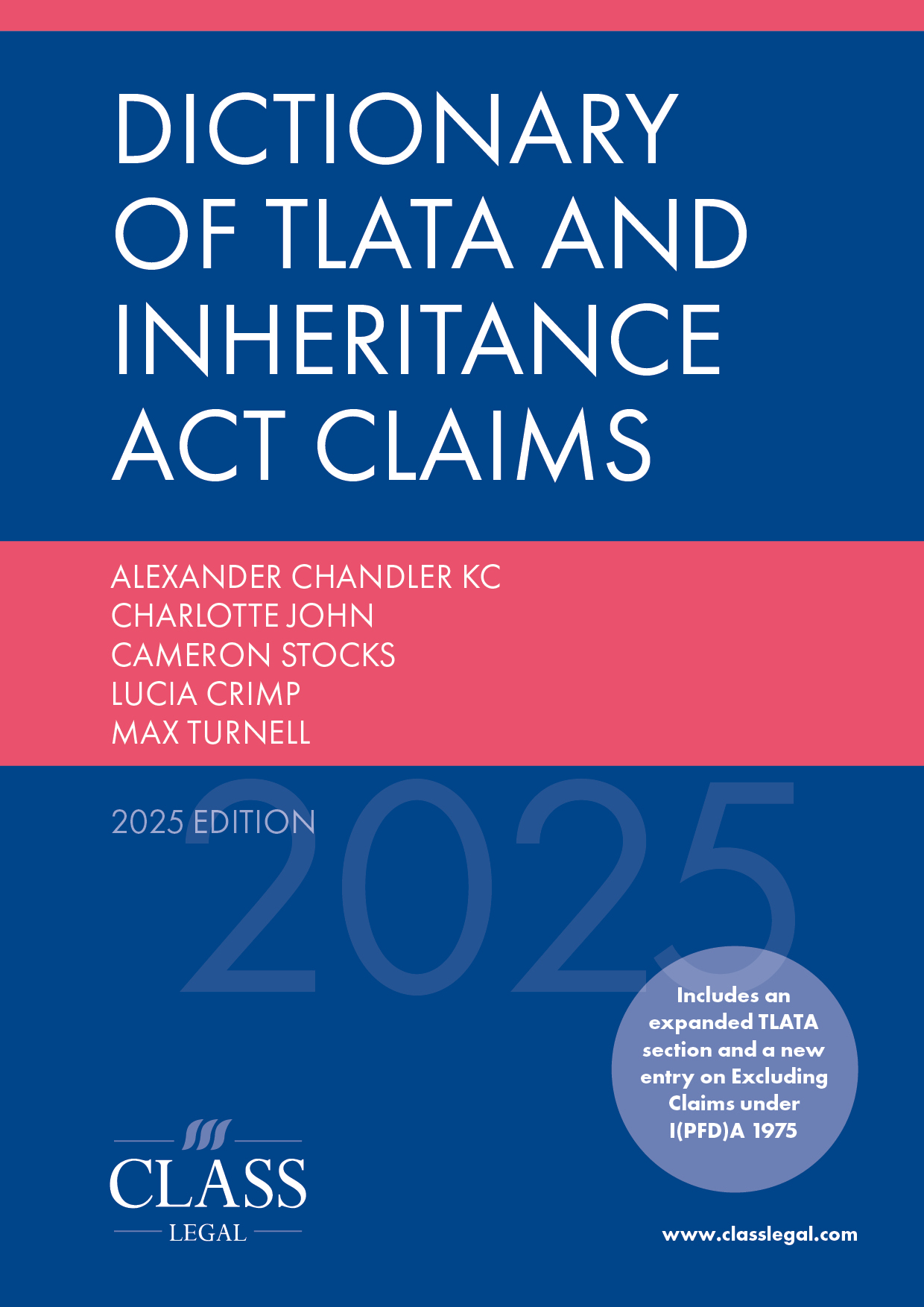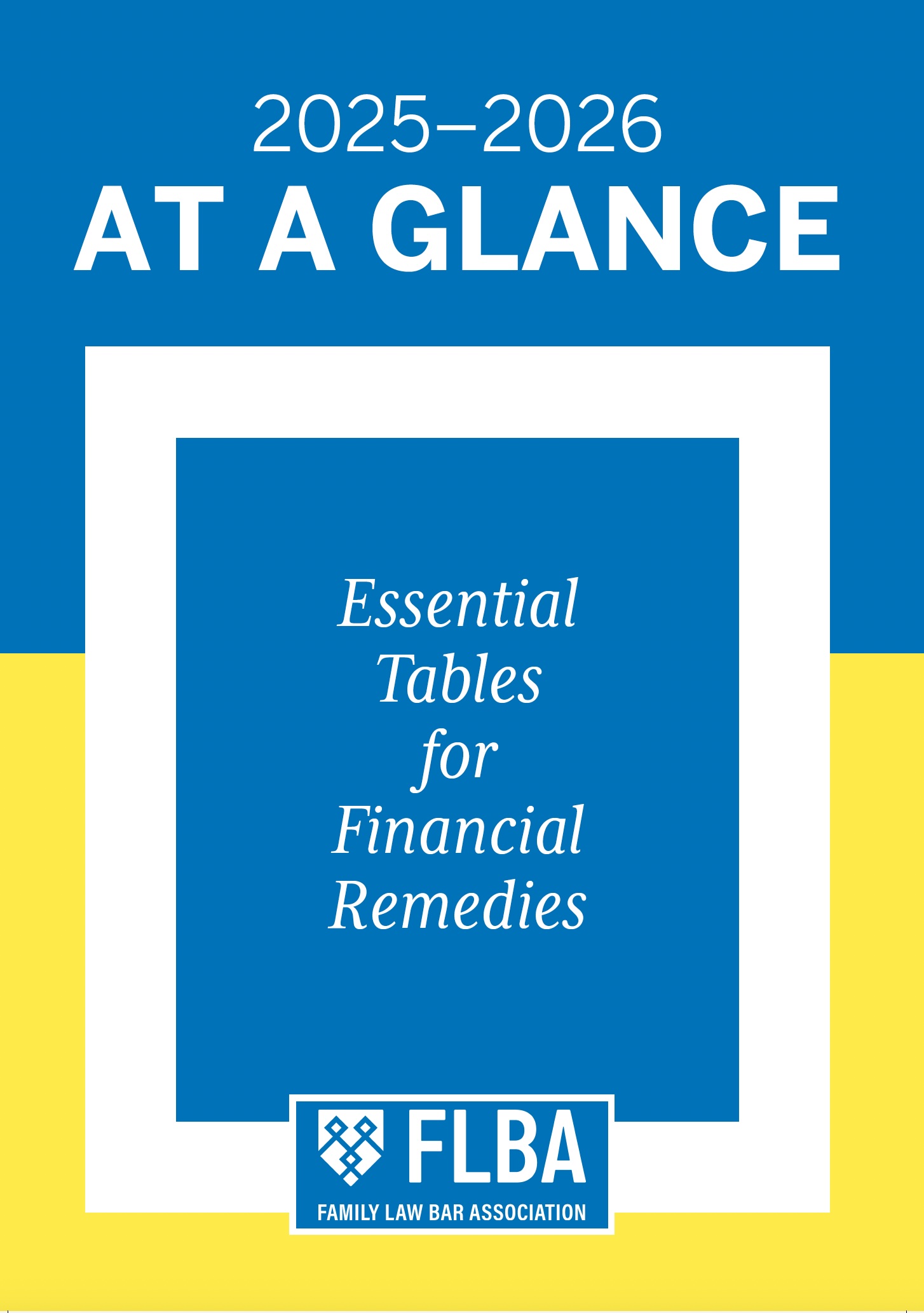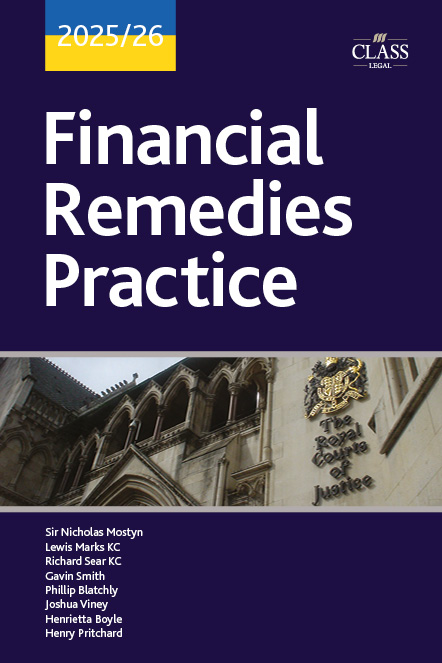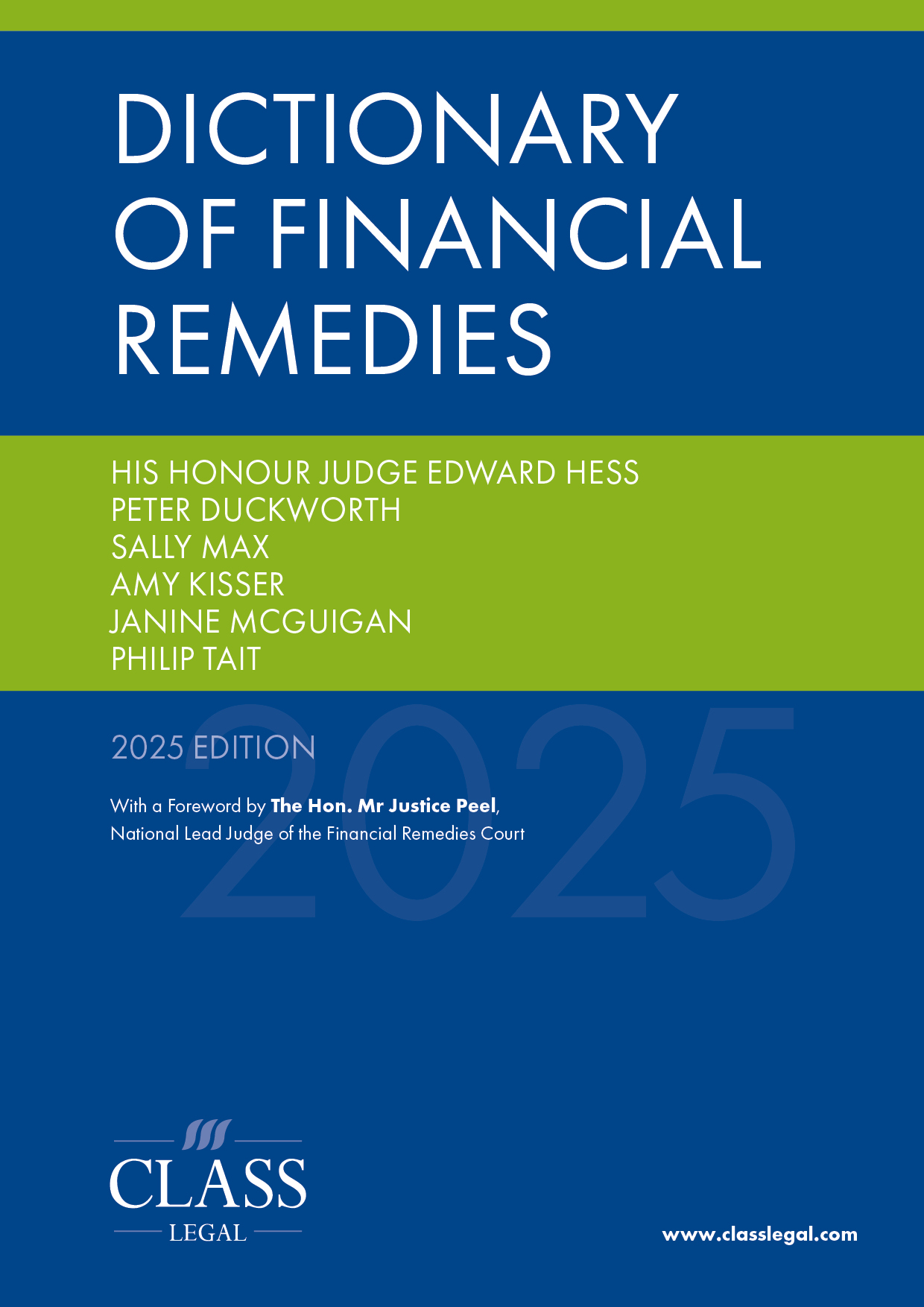
Justice that Heals: Lessons from Singapore’s Family Justice System
Published: 30/06/2025 06:00

In the early 19th century, Britain was importing tea from China and financing the trade by illegally exporting opium (grown in British-controlled India) to China. The British East India Company required a port along the India–China maritime route to support this ‘commerce’ and to counter growing Dutch influence in Southeast Asia.1
Thomas Stamford Raffles2 recognised Singapore’s strategic geopolitical location as a potential British base. Singapore was useful due to its location on the Straits of Malacca, a vital maritime route between India and China. Its deep natural harbour provided a safe port for British ships to refuel and resupply.
On 30 January 1819, Raffles signed a treaty with the Johor Sultan’s local representative, allowing the British to set up a trading post in Singapore. This initial foothold laid the groundwork for British influence, which expanded over the following years. By March 1824, the British and Dutch negotiated a deal: the Dutch conceded Singapore and Malacca, while the British relinquished Sumatra to the Dutch. Singapore’s status as a British possession was confirmed by the Anglo-Dutch Treaty and the Treaty of Cession. A second treaty was entered into with the Johor Sultanate which ceded Singapore to the British in return for increased cash payments and pensions.3
Singapore was acquired by the British through diplomacy and tactical negotiation. Compare and contrast with the acquisition of Hong Kong by force following the First Opium War (1839–1842).
Singapore remained under British colonial rule for 144 years. Following Japanese occupation during the Second World War and a brief, ultimately unsuccessful union with Malaysia (1963–1965), Singapore became an independent sovereign state in 1965.
From its founding by Raffles to its independence, Singapore’s legal development had been intricately linked with England. English legal traditions, practices, case-law and legislation were adopted without much consideration as to whether they suited the local circumstances.4
With independence, there has been a gradual movement towards developing an indigenous legal system. The guiding principle is that the adoption of any legal practice or norm must be compatible with Singapore’s unique cultural, social and economic requirements.4
Singapore’s family law draws from its Anglo-common law heritage, but it has evolved to reflect Asian values and communitarian principles, emphasising family harmony, duty and social cohesion.
In England too, our family law continues to evolve, shaped by changing societal values. The consistent direction of travel has been firmly away from a culture of litigation, towards a culture of efficient and constructive resolution of private family matters.
Private financial dispute resolution hearings (private FDRs) started gaining traction in England from 2018 and boomed during COVID-19 and beyond. In 2022, ‘no-fault’ divorce, the ‘One lawyer, One Couple’ model and the Statement on the Efficient Conduct of Financial Remedy Proceedings were introduced. The collective aims of these developments were to streamline cases, reduce unnecessary costs, and encourage early resolution.
The evolution of practice away from default litigation, towards constructive resolution, was noted in the introduction to Chambers and Partners High Net Worth Guide 2022, as follows:
‘Gone are the days where a lawyer’s success was measured by the amount of reported litigation. Instead, in a world where it is increasingly necessary and expected to offer a holistic approach which supports separating couples in making decisions that are right for their family, lawyers are selected on their ability to work with their counterparts to secure a family-centric settlement.’6
The April 2024 changes to the Family Procedure Rules are similarly designed to encourage couples (and their lawyers) to make meaningful attempts to resolve their disputes via non-court dispute resolution (NCDR) before entering the fray of family court litigation.
‘Encouragement’ arrived in the form of the FM5, the risk of proceedings being stayed, and costs orders for non-compliance with the revised pre-action protocol.
Looking ahead, the underlying context of the Law Commission’s review of English financial remedy law is that the uncertainty in our discretionary system makes it hard to predict outcomes, which makes it difficult to negotiate, which leads to litigation that could otherwise have been avoided. Lord Bellamy KC suggests that the need to review financial remedy law is because it is ‘in everyone’s interest to remove acrimony from the process wherever possible … support separating couples and avoid unnecessary conflict.’7
However, as HHJ Hess highlights in the Spring 2025 issue of this journal, if from a pool of 45,000 financial remedies orders only 7% reach a final hearing each year, is it necessarily the case that those residual cases fight to the bitter end specifically because the law has some degree of uncertainty?
What percentage of the cases that reach a final hearing do so due to entrenched conflict between the parties, rather than a dispute about the law? Is it possible that the review of the law of financial provision on divorce is at least partially a red herring? Is there a more direct path that could achieve the stated aims of removing acrimony and reducing conflict?
The United Kingdom’s withdrawal from the European Union freed us to continue to develop and shape our law as we see fit. We can seek inspiration from jurisdictions around the world and adopt the best ideas wherever we find them.
In October 2024, the Presidents of both the English and Singapore Law Societies signed a Memorandum of Understanding in which they renewed a mutual commitment to collaborate between legal communities and to share best practices between the professions.
Against that background, the intention of this article is to consider what England might learn from recent developments in how Singapore deals with financial remedies on divorce.
Re-casting the landscape?
Divorce is one of the most emotionally destabilising events a person can go through. Our clients’ minds are often impaired by a debilitating mix of emotions: grief, fear, anger, confusion and a sense of overwhelm. The instructions that we receive from our clients in such circumstances are not always rational.
Simultaneously, the legal profession is riddled with bad incentives. If we make every effort to save our clients from the costs, risks and strain of litigation by calmly negotiating balanced and realistic settlements – we are financially penalised for doing so. Also, the opaque methodologies of the main directories and awards traditionally appeared to reward those who are regularly involved in reported cases, which ignores the fact that behind every reported case is a family that have been subject to the relentless misery of high conflict litigation.8 Cases that are quietly and constructively resolved have less visibility.
Our family justice system should guard against bad actors who are determined to exacerbate conflict. We can and should continue to build on the objectives that lay behind the introduction of no-fault divorce, and the recent developments in favour of NCDR. Is it possible to go further? Can the philosophical landscape of our work be re-cast in a way which explicitly disincentivises acrimonious behaviour and which instead treats the Financial Remedies Court primarily as a problem-solving environment?
Singapore’s Therapeutic Justice Model
High-conflict divorce has long-term psychological and emotional consequences for the parties, and for their children, and for subsequent generations, which in turn has implications for society as a whole.
As a response to this problem, the Singapore Family Justice Court (FJC) has, since 2020, increasingly incorporated ideas of Therapeutic Justice (TJ) into its structures, rules and procedures, and training.
In TJ, focus is placed on the law’s impact on psychological and emotional well-being. The law is regarded as a social force capable of both influencing behaviours and producing outcomes.9
Adopting this philosophy, TJ at the FJC is designed to help families accept the past and move towards their best possible future. It involves a judge-led process where parties and their solicitors, along with other professionals, work together to find timely and enduring solutions to the family’s disagreements, within the framework of the law.10
To meet the aims of TJ, the TJ Model sets out TJ Objectives,11 which include the following:
(1) Parties are to resolve their family disputes amicably, as far as possible. Where feasible, parties are to resolve disputes out of court.
(2) If a case requires the court’s intervention, everyone involved should endeavour to reduce acrimony and de-escalate conflict, wherever possible.
(3) Parties are to focus on resolving their underlying issues in the long-term interests of the family and children, and not just on short-term legal goals.
(4) Where children are involved, their welfare should be prioritised.
(5) Parties are to be accorded, and to accord others, respect, attention, empathy and support. Parties should feel that they have been given a voice and have been heard.
(6) For outcomes to be timely and enduring, so that parties may move forward; and are enabled and equipped (e.g. with enhanced co-parenting skills) to resolve any future disagreements and issues amicably by themselves, without having to resort to further litigation in court.
In her annual lecture for the 34th Singapore Law Review12 on 24 March 2023 and in a speech delivered at Conversations with the Community13 on 16 November 2023, the Honourable Justice Debbie Ong shared the thought process behind the design of the TJ Model:
- ‘In the common law adversarial system of litigation, it is believed that justice is achieved when the truth emerges as parties single-mindedly pursue their own interests. The assumption is that the truth emerges when each litigant presents their best arguments to the court.
- However, unrestrained litigation in the family arena shatters the relationship between the parties, and prolonged conflict results in negative long-term consequences for the parties and their children.
- The adversarial system is not just unsuitable, it is harmful to continuing relationships. A system of litigation which incentivises or even allows the waging of war must be avoided.
- Family proceedings are unique and therefore need an approach that is different from other types of court proceedings.
- Therapeutic Justice is a lens of “care”. Through this lens, we examine the extent to which substantive rules, laws, legal procedures, practices, and the roles of the legal participants, produce helpful or harmful consequences.
- Therapeutic Justice obliges the legal participants to think about whether the system and processes and how they play their roles support the family in moving forward positively.
- In the family context, going to court should be re-framed as a place to go for problem-solving and resolution. The court can and should be an active force to improve the parties’ wellbeing. It is about putting an end to what has already broken, recasting plans, and moving on.
- The system itself should disincentivise parties from using the law in an adversarial manner.
- In family proceedings, the court looks ahead to support the family in recasting their future; it exhorts parties not to look back at the past to lay blame or re-live their hurt or pain, but to let go and focus on building a positive future despite the breakdown.
- In this system, the court is a place for problem-solving and resolution, rather than a battlefield.’
The TJ approach to family law is a way of transforming the court process by infusing it with a spirit of problem-solving, collaboration, and even healing. It encourages pro-active collaboration between lawyers, judges, counsellors and social workers to address the root causes of conflicts, such as emotional distress, miscommunication or trauma.
TJ provides a framework within which all family justice participants can work together to better support parties by equipping them with the necessary skills to be their own conflict managers and problem-solvers.14
Rather than displacing the court system, TJ keeps the court process intact but emphasises creative, less adversarial solutions to disputes.
Practical implementation of Therapeutic Justice
Under the TJ Model, each participant of the process thus has an important role to play.
TJ is a judge-led hybrid model which balances traditional adversarial processes with interventionist, inquisitorial practices to guide the proceedings and achieve solutions that are both equitable and healing.15 In addition to performing an adjudicatory role, the family judge has a problem-solving role and functions as a conflict manager overseeing, coordinating and motivating the participants, to customise the most appropriate approach for each case.16 The hybrid model focuses on flexibility and context-specific problem-solving, rather than adversarial litigation, reflecting the unique nature of family law.
The family lawyer, who comes into contact with parties well before the court does, plays an important part in advising the client on the right approach to adopt from the outset.16 Family lawyers are mandated by the FJC’s Practice Directions18 to bring the TJ Model to the attention of, and to explain to, their clients, to encourage the client to focus on the long-term holistic interests of the family/children, facilitate problem-solving and collaborate with the court and the other party to generate options and solutions, as well as making reasonable proposals and adopting a cooperative and constructive approach in conducting court proceedings. Legal professionals are encouraged to adopt a collaborative mindset, focusing on the well-being of families and facilitating solutions that serve the best interests of all parties involved. To encourage conduct by solicitors that is aligned with the TJ Model, the judge (whether a mediation judge or a hearing judge) may commend solicitors who have displayed such conduct at the conclusion of the proceedings and/or in the court’s written decision.19
The parties themselves are expected to conduct themselves to a certain standard. They are encouraged to prioritise the interests of children, focus on the future and parties’ shared interests, adopt a cooperative and constructive approach, and make genuine attempts to resolve issues amicably, such as making reasonable proposals at mediation.20
Under the TJ Model, the cases filed under the ‘Partial Simplified’ or ‘Non-Simplified Track’ may be allocated to the ‘Standard Track’ or the ‘Teams Track’. Under the Teams Track, high-conflict cases will be managed by a multi-disciplinary team comprising a mediation judge, a hearing judge and Court Family Specialists (CFS) (collectively, the ‘Team’). Generally, the same members of the Team will manage the case, including linked cases (if any) involving the same family, from an early stage until the conclusion of the case. ‘Linked cases’ include guardianship applications, applications for personal protection orders against family violence and maintenance (child financial support) applications. The Team works collectively to address both legal and non-legal aspects of family disputes, ensuring comprehensive support for families.21
The FJC has also established a Panel of Financial Experts (POFE) comprising of public accountants or financial forensic professionals to provide financial valuation reports to assist the divorcing parties to better understand their financial situation. The professionals would, for instance, value company shares or real estate, thus facilitating fair and objective resolutions in contentious matters.22
To encourage adherence to TJ principles, the courts have incorporated cost considerations as a mechanism to influence parties’ conduct during proceedings.23 This framework allows the court to impose cost penalties on parties who do not adhere to TJ principles, such as:24
- failing to participate in mediation without good reasons;
- filing numerous applications and affidavits, and contesting application(s) ‘aggressively’;
- engaging in unnecessary and voluminous paperwork and extending the dispute into a ‘protracted and bitter fight’;
- using the court process as a platform to make personal attacks or insult the other party;
- alienating behaviour and excessive gatekeeping of children;
- insisting that the court addresses each and every point in the dispute, regardless of significance or merit;
- filing voluminous affidavits consisting of irrelevant information and/or unnecessary documents, photographs and video recordings of the children, which may also be detrimental to the parent–child relationship.
TJ integrates legal processes with psychological and emotional support to achieve outcomes that prioritise the well-being of families and children. In the TJ Model, counselling and psychological services thus play an integral part:
- Prior to commencing divorce proceedings, the applicant (in contested proceedings) or both the applicant and the respondent (in uncontested proceedings) are required to complete a Mandatory Co-Parenting Programme (CPP). CPP involves an e-learning session, as well as a consultation session, which seek to help parents make informed decisions in relation to their marriage, encourage joint decisions on divorce in the interests of their children’s well-being, address co-parenting concerns, develop a co-parenting plan, and support parents in coping with the divorce.25
- When undergoing a divorce, parties with at least one child below 21 years of age are required to attend mediation and counselling. The counselling sessions seek to resolve issues relating to the divorce and care arrangements for the children, and help parties gain insights and strategies to find better solutions to their disputes in the best interest of their children. The CFS may facilitate parties to identify significant issues that are important to the family and children; resolve underlying conflicts; develop skills to manage difficult and painful emotions; communicate effectively in relation to the needs of their children; and build a consensus on the interim and future care arrangements for their children.
The TJ Model relies heavily on the legal professionals who are not only equipped with the knowledge of the law, but various competencies and skillsets required to practice TJ. These include knowledge of the TJ Model; soft skills and techniques, such as interpersonal and communication skills; knowledge of basic social science concepts; familiarity with the different types of therapeutic or other related support services/programmes that are available; knowledge of wider multi-disciplinary topics that can help parties in practical ways; and family mediation skills. To equip family judges and lawyers with the necessary problem-solving, negotiation and communication skills, there are various training programmes which are made readily available:
- The Singapore Mediation Centre and the FJC jointly organise and run the Family Mediation Certification Programme for both judges and lawyers.26
- The Singapore Academy of Law and the Singapore University of Social Sciences jointly organise and run the Family Lawyers’ TJ Certification Programme.27
- Each year, the FJC and the Family Law Practice Committee (FLPC) organise a 2-day long Family Conference, with the aim to trace the development of Singapore family law over the last decade while keeping an eye on how this shapes what lies ahead. The Conference also includes masterclasses where senior members of the Bar also share their insights and tips on the practical aspects of family law practice.28
Therapeutic Justice in other jurisdictions
Singapore is not the only country which is seeking to embed problem-solving, well-being and mental health awareness into family law practice.
Australia has Family Relationship Centres which provide pre-litigation counselling, mediation and parenting programs, which aim to resolve disputes before court proceedings. Also, except in cases of urgency, or where there has been violence, parties seeking financial relief in Australia are obliged to take genuine steps to try to resolve matters outside the court system before instituting proceedings for property settlement and/or spousal maintenance. This requires, in general terms, that parties to a marriage (or de facto relationships): exchange financial disclosure materials; make proposals for settlement; participate in ADR; and give prior notice of the intention to start a case, including identifying the matters in dispute and the orders that will be sought if proceedings need to be commenced under the Family Law Act.29
Several provinces in Canada have Unified Family Courts (UFCs) which offer a single access point to mediators, social workers, psychologists and parenting coordinators to provide a one-stop solution for family disputes. Families can receive parenting education, counselling or referrals to community-based therapy and support services. UFCs preserve the structure of the legal system while recognising the human side of family breakdown.30
Conclusion
As family law continues to evolve, both in England and internationally, there is growing recognition that traditional adversarial litigation is often ill-suited to resolving the deeply personal and complex disputes that arise on divorce.
The recent reforms in English family law, from no-fault divorce to the increased emphasis on NCDR, reflect a broader shift towards a less contentious, more solution-focused approach.
However, while English NCDR and Singapore’s TJ have unarguable goals, in practice, it does remain necessary to retain access to a robust, properly timetabled court process, when required. Not all conflict can be softened. There are cases involving severe power imbalances, allegations of abuse and coercive behaviour, concealment of assets, and individuals who, for a variety of reasons, can be determined to be as obstructive as possible or to approach matters as aggressively as possible. Sometimes, resolution can only be achieved by challenging and containing difficult behaviour. The adversarial model provides equality of arms, due process and the testing of evidence. The process has teeth.
However, therapeutic principles can still be integrated into the system, by re-shaping the culture of practice and including mechanisms which seek to pre-emptively prevent conflict from arising in the first place or which steer parties away from unnecessary escalation, all the while protecting individual rights, testing truth, and keeping bad actors in check.
Singapore’s TJ provides us with a set of ideas and practices which we might use as inspiration to continue to enhance our own culture and practice in a way that places the long term well-being of the parties and their children at its core.
- English Family Law Reform
- Cross-Border Family Law
- Singapore Family Law
- NCDR
- Family Law Reform
- Therapeutic Justice









